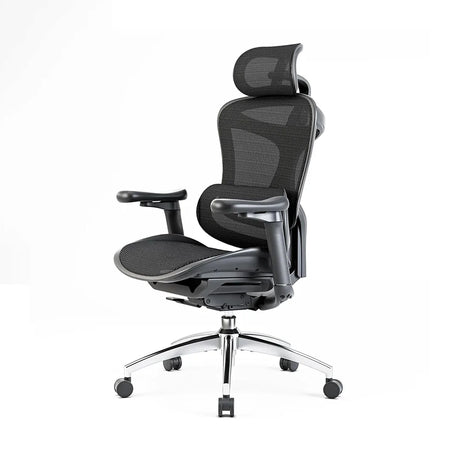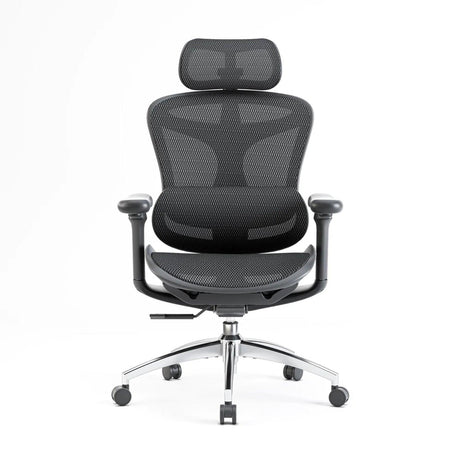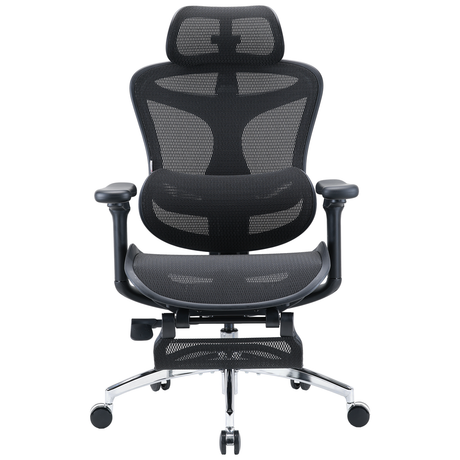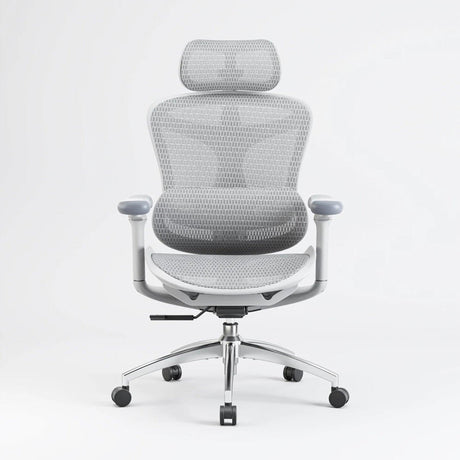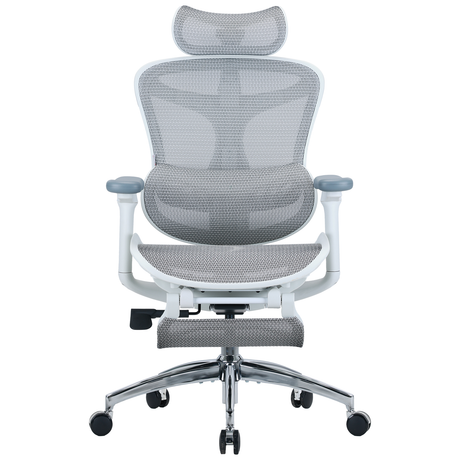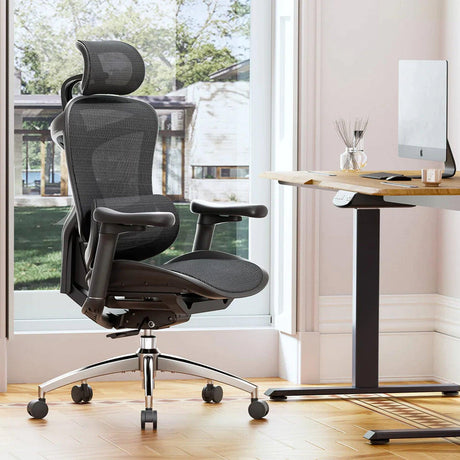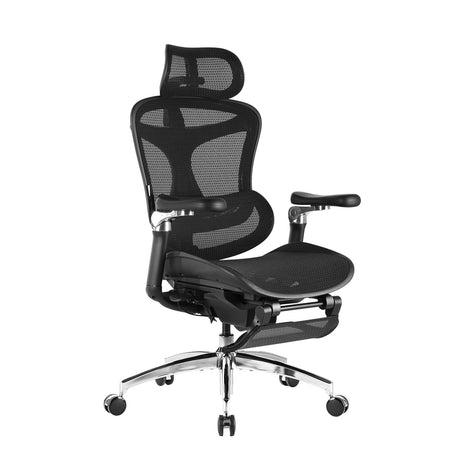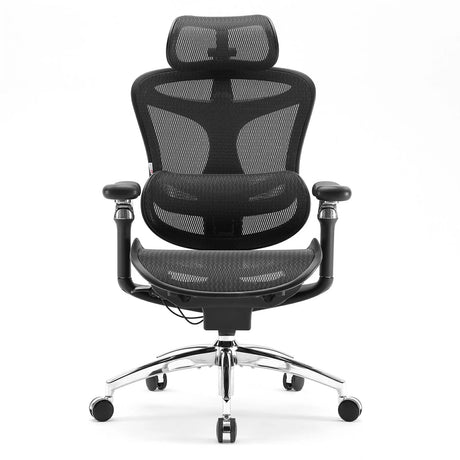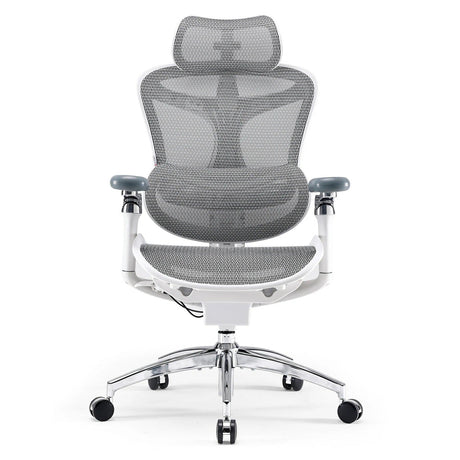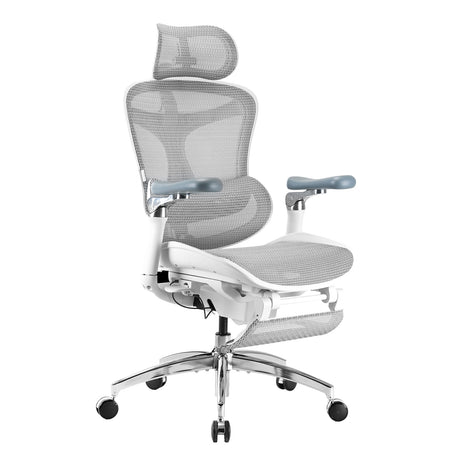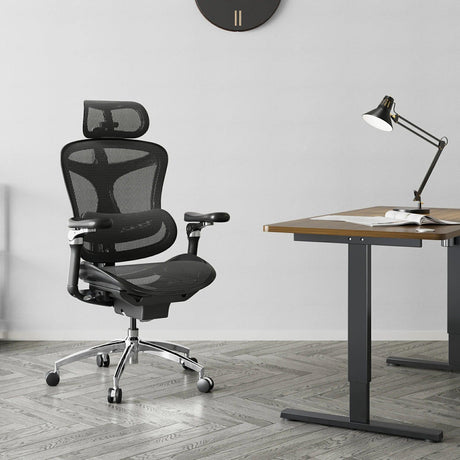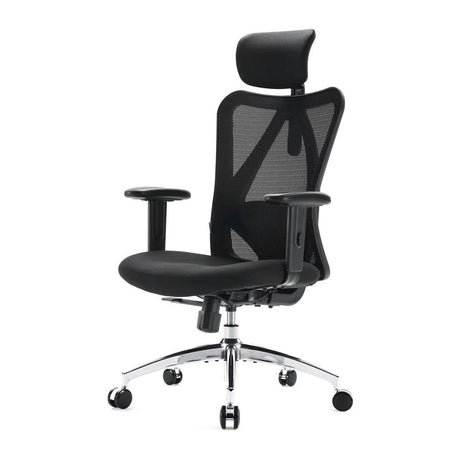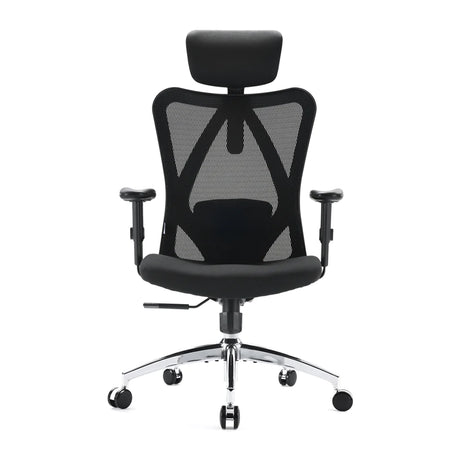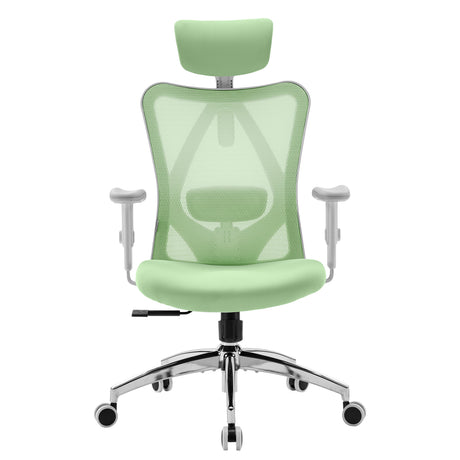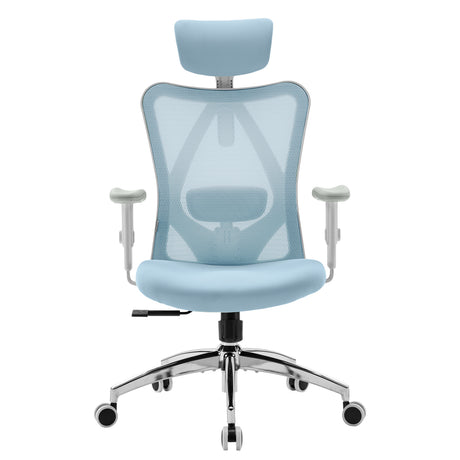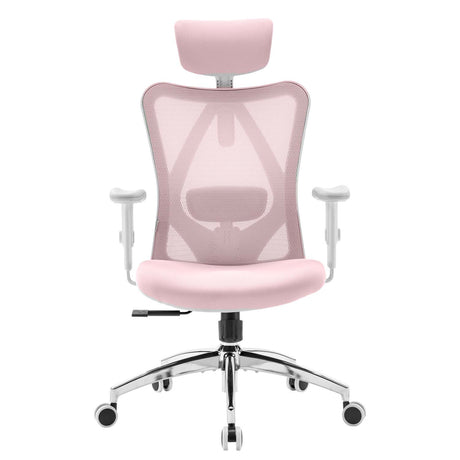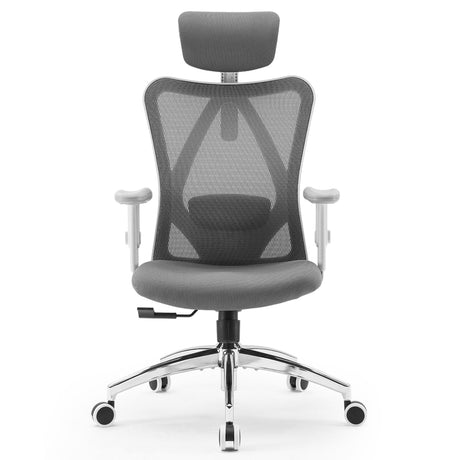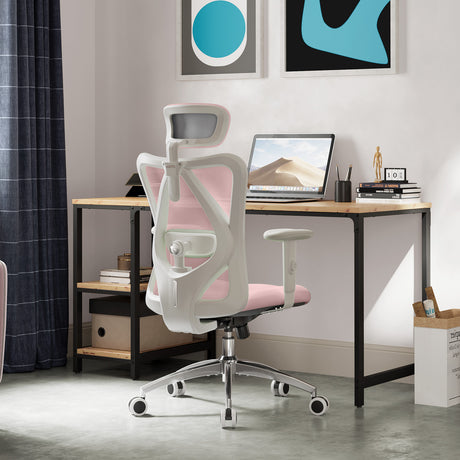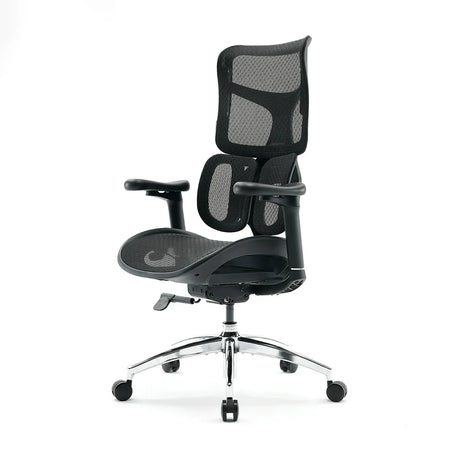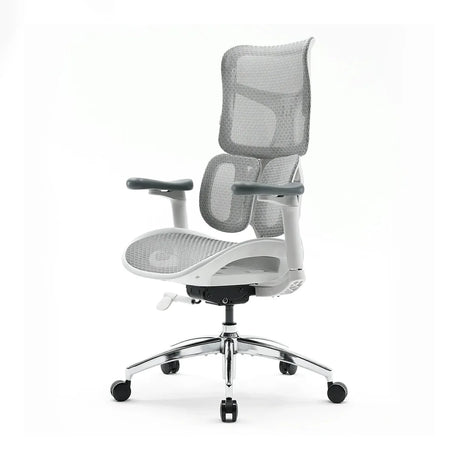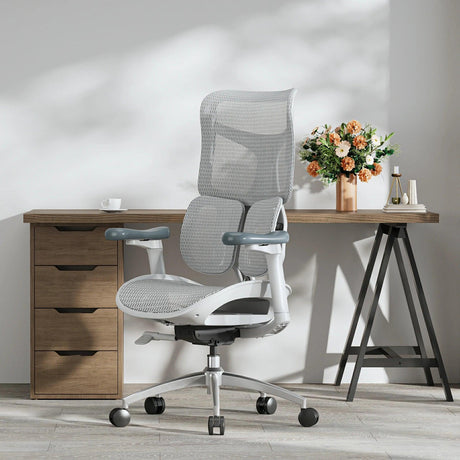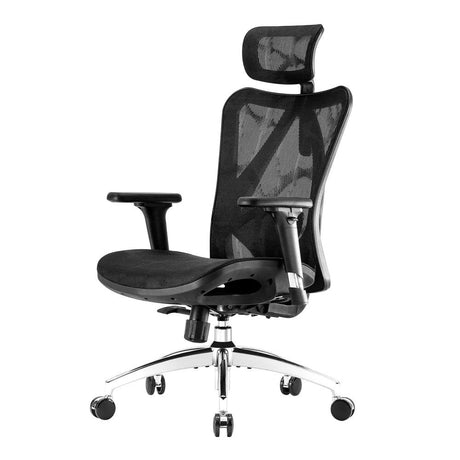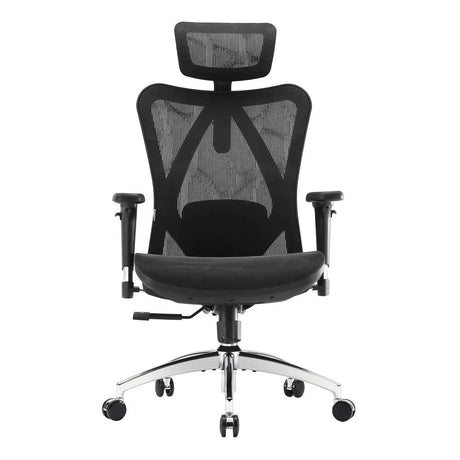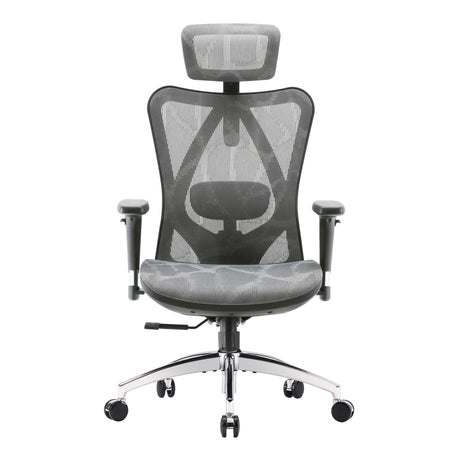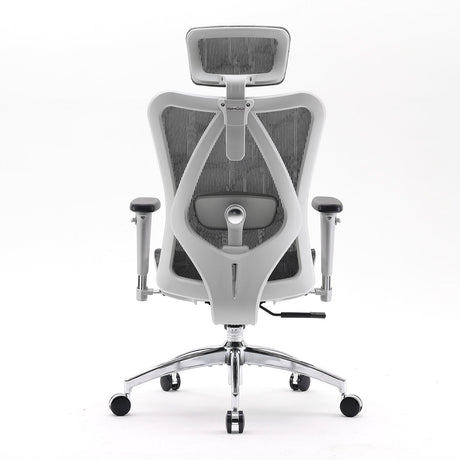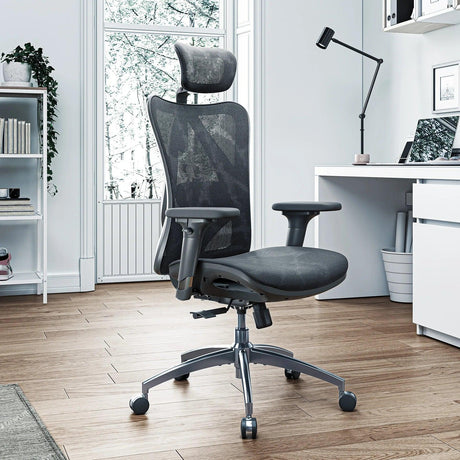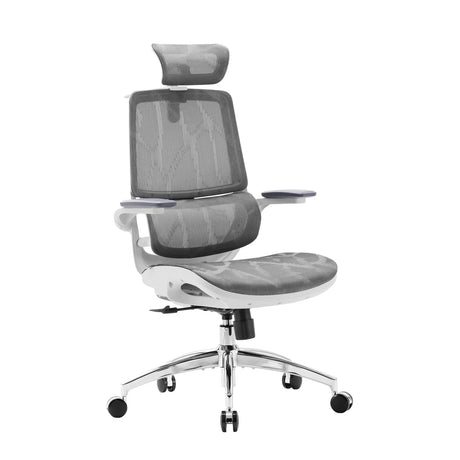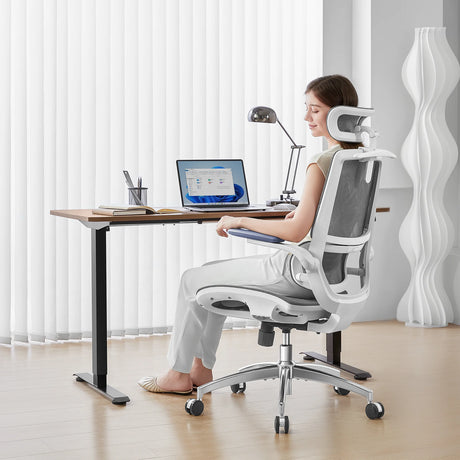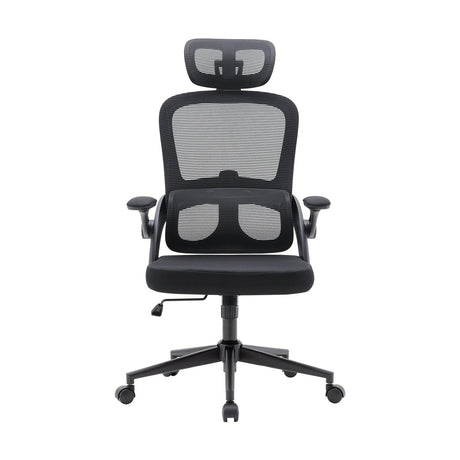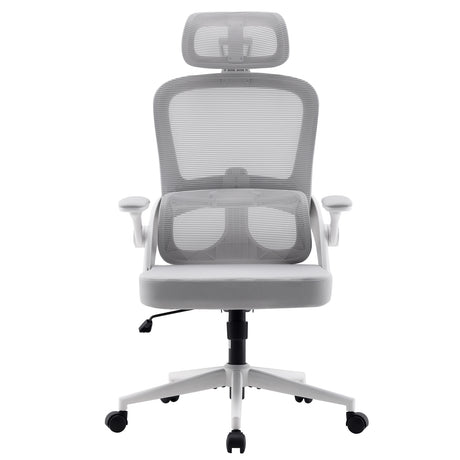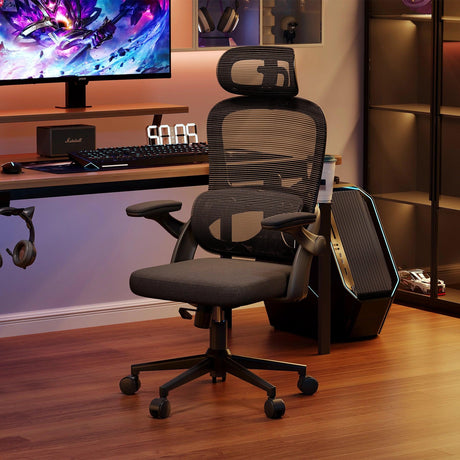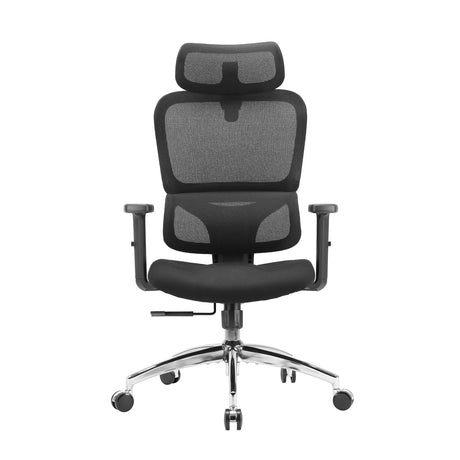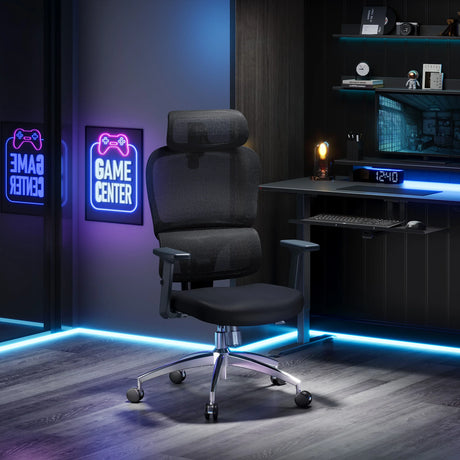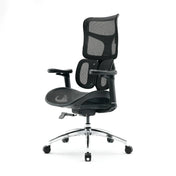Sitting for long hours in an office chair has become a hallmark of modern work life. Whether you're typing away at your desk, participating in meetings, or simply handling administrative tasks, the office chair is a central piece of furniture in your daily routine. But while office chairs are designed for comfort, some individuals may experience discomfort, including unusual symptoms like butt bleeding.
So, can sitting in an office chair really cause butt bleeding? The short answer is: not directly. However, sitting for extended periods without the proper posture or without regularly changing positions can contribute to certain conditions that might lead to bleeding. Let’s dive into the possible causes and how you can prevent them.
Common Conditions That Could Lead to Butt Bleeding
1. Hemorrhoids
One of the most common culprits for butt bleeding related to sitting is hemorrhoids. Hemorrhoids are swollen blood vessels in the rectal area, which can become irritated from prolonged sitting or straining. They are often exacerbated by a sedentary lifestyle, which is common in office workers who spend hours sitting in one position.
Hemorrhoids can cause discomfort, itching, and in some cases, bleeding during or after bowel movements. If you're sitting in a poorly designed office chair for long hours, especially without proper lumbar support or posture, the pressure on the lower body can worsen hemorrhoid symptoms.
How to Prevent Hemorrhoids:
- Ergonomic Seating: Invest in an ergonomic chair with good lumbar support and cushion that helps reduce pressure on the pelvic region.
- Posture: Sit with your feet flat on the floor, your knees at a 90-degree angle, and your back straight.
- Movement: Stand and stretch every 30-60 minutes. This helps keep blood flowing and prevents excessive pressure on the lower back and buttocks.
2. Prolonged Pressure on the Coccyx (Tailbone)
If your office chair doesn't provide proper cushioning or support for your tailbone (coccyx), sitting for prolonged periods can put pressure on this area. This pressure may cause discomfort or even lead to a condition known as coccygodynia (tailbone pain), which could make sitting for long hours unbearable.
While coccygodynia itself does not directly lead to butt bleeding, it can lead to discomfort, bruising, and inflammation in the area, which might cause localized irritation. If you're straining or shifting positions too much, this could potentially cause bleeding from hemorrhoids or anal fissures.
How to Prevent Coccyx Pain:
- Cushioned Seats: Use a chair with a contoured seat that provides ample cushioning for the tailbone. Alternatively, a coccyx cushion or donut-shaped cushion can relieve pressure.
- Posture: Ensure your chair supports your spine and tailbone adequately. Adjust your sitting position regularly.
3. Anal Fissures
An anal fissure is a small tear in the skin around the anus, which can occur due to straining during bowel movements or sitting in an uncomfortable position for long periods. Sitting too long without adjusting your posture can cause pressure around the anal area, potentially leading to small tears in the delicate skin. These tears can bleed, especially when the stool is hard or when straining occurs.
How to Prevent Anal Fissures:
- Avoid Straining: Make sure you're maintaining good bowel habits and not straining during bowel movements.
- Stay Hydrated: Drink plenty of water to keep stools soft and prevent constipation.
- Sit Comfortably: Ensure your office chair has appropriate lumbar support and cushioning to minimize pressure on the anal area.
4. Poor Circulation and Prolonged Sitting
Sitting for long periods can negatively affect circulation, leading to issues such as deep vein thrombosis (DVT) or varicose veins, which can cause blood flow issues in the lower body. Poor circulation can also contribute to swollen hemorrhoids, which might be more prone to bleeding.
How to Improve Circulation:
- Take Breaks: Stand up and walk around at least once every 30 minutes to get your blood circulating.
- Exercise Regularly: Incorporating light exercises like stretching or walking can help prevent circulation issues.
- Elevate Your Feet: If possible, elevate your feet occasionally to improve blood flow in your lower extremities.
How to Choose the Right Office Chair to Prevent Issues
While sitting for long periods might not directly cause butt bleeding, the quality and ergonomics of your office chair can play a significant role in preventing discomfort and health issues.
Here are a few key features to look for in an office chair to avoid problems:
- Adjustable Height: Ensures that your feet are flat on the floor and your knees are at a right angle.
- Lumbar Support: Helps reduce pressure on the lower back and the pelvic region, preventing unnecessary strain.
- Cushioning and Seat Depth: A well-cushioned seat and adjustable seat depth help prevent excess pressure on the coccyx and anus.
- Recline Function: Allows you to shift positions throughout the day, reducing prolonged pressure on any one area.
- Armrests: Properly adjusted armrests can support your arms and prevent slouching, which can cause back and pelvic issues.
Final Thoughts
While it is unlikely that sitting in an office chair itself will directly cause butt bleeding, poor posture, prolonged sitting, and insufficient ergonomic support can contribute to conditions like hemorrhoids, anal fissures, and tailbone pain, which might lead to bleeding. Investing in an ergonomic chair, taking regular breaks, and practicing good posture can go a long way in preventing these issues.
If you experience persistent or severe symptoms, such as butt bleeding, it is essential to consult a healthcare professional for a proper diagnosis and treatment plan. Taking care of your body and making small adjustments to your work environment can help you maintain comfort and health during long hours at your desk.

